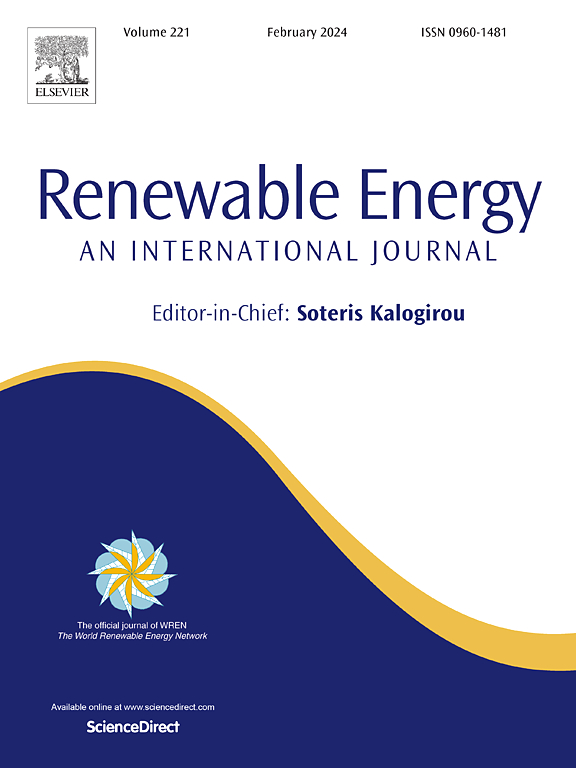固体氧化物燃料电池堆长期运行的电化学和力学性能退化机理
IF 9
1区 工程技术
Q1 ENERGY & FUELS
引用次数: 0
摘要
固体氧化物燃料电池(SOFC)是一种将燃料中的化学能直接转化为电能的高效能量转换技术。然而,SOFC在长期运行过程中电化学和力学性能的不稳定性给其商业化带来了重大挑战。为了解决这一问题,我们采用了电化学阻抗谱、小型冲压测试和纳米压痕技术来研究SOFC堆在5000小时内电压和机械性能的演变。我们的研究结果表明,在300 mA/cm2的条件下,5000小时后电池的平均电压退化率为6.23% /kh。其次是阴极侧O2表面交换动力学和O2−扩散动力学。此外,单电池的高温抗弯强度、弹性模量和硬度在最初的10 h内出现明显下降,5000 h后抗弯强度下降67.72%。阳极出现严重的镍颗粒变质,阴极出现锶偏析、铬中毒和银污染。总的来说,对堆叠性能变化的定量分析对于提高sofc的长期耐用性及其在可再生能源系统中的商业应用至关重要。本文章由计算机程序翻译,如有差异,请以英文原文为准。
Electrochemical and mechanical performance degradation mechanisms of solid oxide fuel cell stacks under long-term operation
Solid oxide fuel cells (SOFC) are an efficient energy conversion technology that directly convert chemical energy in fuel into electricity. However, the instability of the electrochemical and mechanical performance of SOFC during long-term operation presents a significant challenge to their commercialization. To address this issue, we employ electrochemical impedance spectroscopy, small punching tests and nanoindentation techniques to investigate the evolution of voltage and mechanical performance of SOFC stacks over 5000 h. Our findings indicate an average cell voltage degradation rate of 6.23 %/kh at 300 mA/cm2 after 5000 h. The contribution of each factor causing voltage degradation is quantitatively evaluated, revealing that ohmic resistance degradation predominates, followed by cathodic-side O2 surface exchange kinetic and O2− diffusion. Furthermore, the high-temperature flexural strength, elastic modulus, and hardness of the single cell exhibit noticeable declines within the initial 10 h, with a 67.72 % reduction in flexural strength after 5000 h. Severe deterioration of nickel particles is observed in the anode, while strontium segregation, chromium poisoning and silver contamination are identified in the cathode. Overall, the quantitative analysis of changes in the performance of the stack is crucial for enhancing the long-term durability of SOFCs and their commercial applications in renewable energy systems.
求助全文
通过发布文献求助,成功后即可免费获取论文全文。
去求助
来源期刊

Renewable Energy
工程技术-能源与燃料
CiteScore
18.40
自引率
9.20%
发文量
1955
审稿时长
6.6 months
期刊介绍:
Renewable Energy journal is dedicated to advancing knowledge and disseminating insights on various topics and technologies within renewable energy systems and components. Our mission is to support researchers, engineers, economists, manufacturers, NGOs, associations, and societies in staying updated on new developments in their respective fields and applying alternative energy solutions to current practices.
As an international, multidisciplinary journal in renewable energy engineering and research, we strive to be a premier peer-reviewed platform and a trusted source of original research and reviews in the field of renewable energy. Join us in our endeavor to drive innovation and progress in sustainable energy solutions.
 求助内容:
求助内容: 应助结果提醒方式:
应助结果提醒方式:


